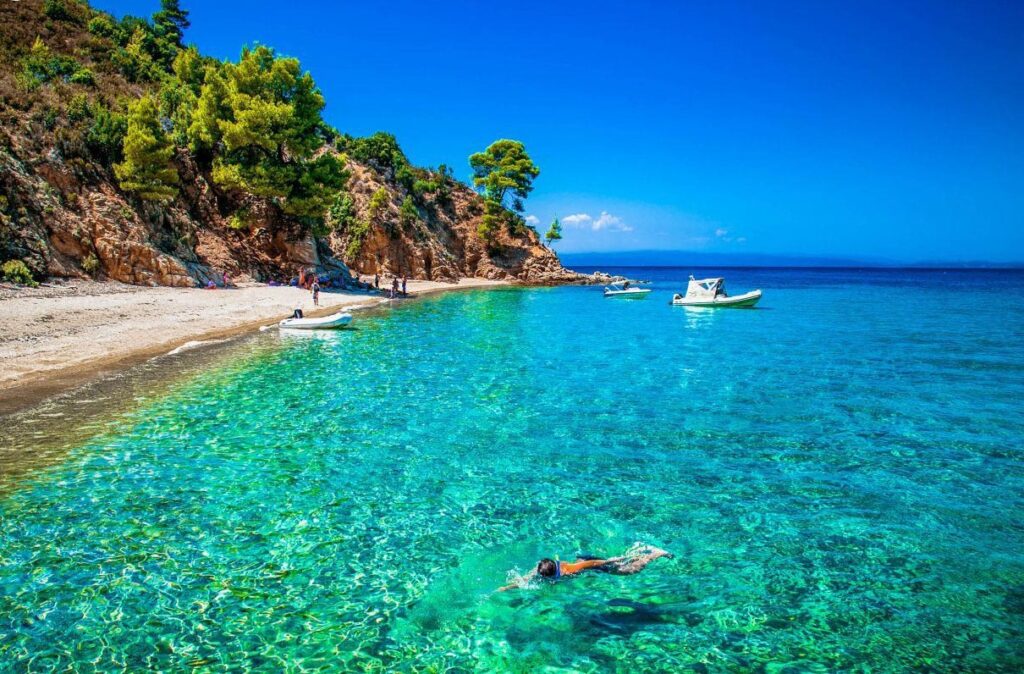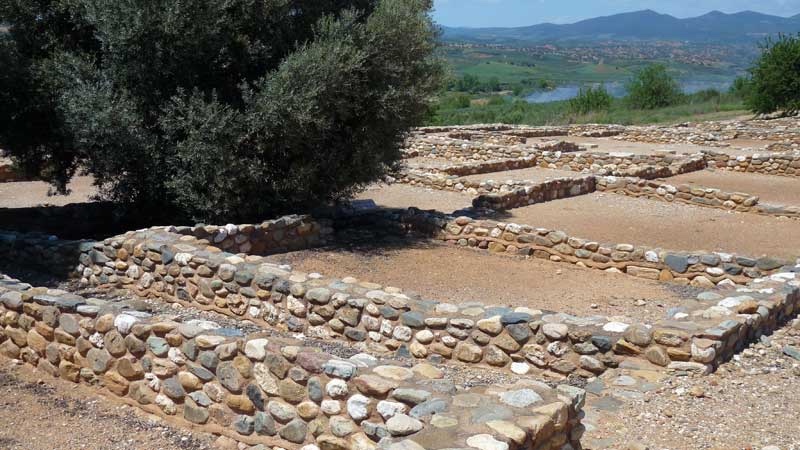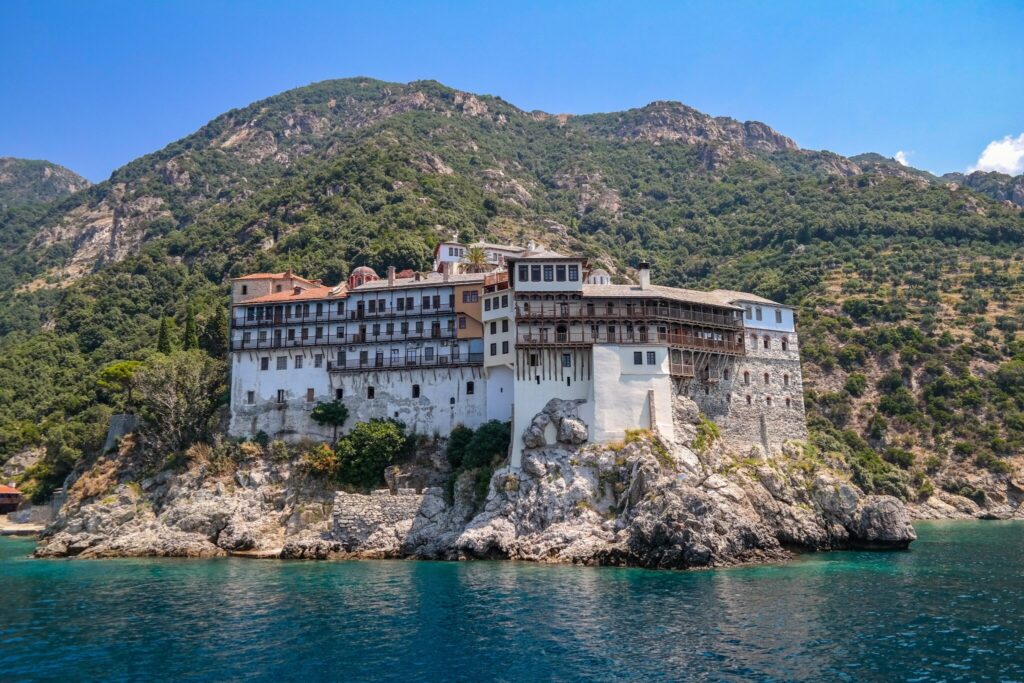Chalkidiki is a beautiful region located in northern Greece that is home to stunning beaches, picturesque villages, and historical landmarks. But the area also has a rich and fascinating history that dates back thousands of years.

According to ancient Greek mythology, Chalkidiki was named after Chalkis, the son of Poseidon and Alcyone. The region was later inhabited by the ancient Macedonians, who established several settlements in the area.
Hellenistic times
During the Hellenistic period, Chalkidiki was an important center of culture and learning. The philosopher Aristotle was born in Stageira, a small village in Chalkidiki, and he later founded the Lyceum in Athens, one of the most important schools of philosophy in the ancient world.
Roman times
In the centuries that followed, Chalkidiki was conquered by the Romans, the Byzantines, and the Ottomans. Each of these civilizations left its mark on the region, with ancient ruins, Byzantine churches, and Ottoman fortresses scattered throughout the landscape.
More Recent years
In more recent times, Chalkidiki played an important role in the Greek War of Independence, which began in 1821. Many Chalkidikians joined the struggle for independence, and several key battles were fought in the region.

Today, Chalkidiki is a popular tourist destination, known for its beautiful beaches, crystal-clear waters, and rich cultural heritage. Visitors to the region can explore ancient ruins, wander through picturesque villages, and sample delicious local cuisine. Chalkidiki’s history is an important part of its identity, and it continues to shape the region in many ways.
Olynthos
One of the most impressive historical sites in Chalkidiki is the ancient city of Olynthos. This well-preserved city was founded in the 7th century BCE and was a thriving center of trade and commerce until its destruction in 348 BCE. Visitors can explore the ruins of the city and see the impressive city walls, houses, and public buildings.
Mount Athos
Located in the region of Halkidiki, Greece, is a place steeped in rich history and spiritual significance. Known as the “Holy Mountain,” it has been a center of Orthodox Christianity for over a thousand years. The monastic community of Mount Athos dates back to the Byzantine era, with the first monastery founded in the 9th century. Today, it is home to 20 majestic monasteries, each with its unique architectural style and cultural treasures. These monasteries have preserved a wealth of manuscripts, icons, and religious artifacts that offer glimpses into the past. The monastic life on Mount Athos is characterized by prayer, contemplation, and a strict adherence to ascetic practices. Access to the peninsula is restricted to men, and pilgrims are welcome to visit the monasteries and experience the spiritual aura that permeates the mountain. Mount Athos stands as a testament to the enduring legacy of faith and devotion in Halkidiki, captivating visitors with its profound spiritual atmosphere and captivating historical heritage.

In conclusion, the history of Halkidiki is a fascinating journey through time, encompassing ancient civilizations, glorious empires, and enduring cultural traditions. From the ancient ruins of Olynthos and Stagira to the imposing monasteries of Mount Athos, Halkidiki’s historical tapestry tells stories of conquest, innovation, and spiritual devotion. The region’s strategic location on the Aegean Sea has made it a melting pot of diverse cultures and a crossroads of civilizations. Today, Halkidiki stands as a testament to its rich past, offering visitors a chance to immerse themselves in its archaeological treasures, vibrant traditions, and breathtaking natural beauty. Whether exploring the ancient sites, indulging in local cuisine, or relaxing on its pristine beaches, Halkidiki invites you to become part of its living history and embrace the enduring legacy of this captivating region.








